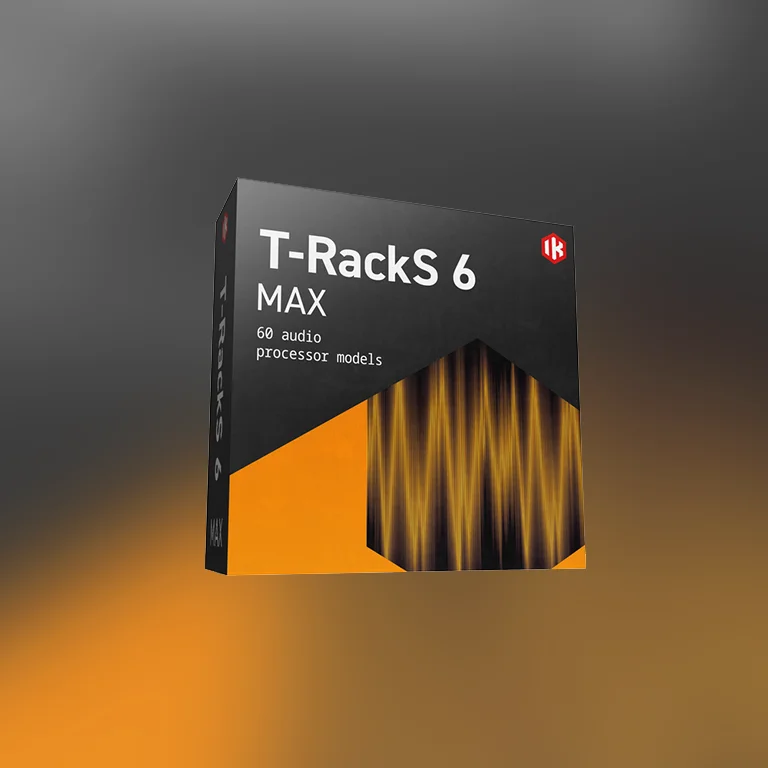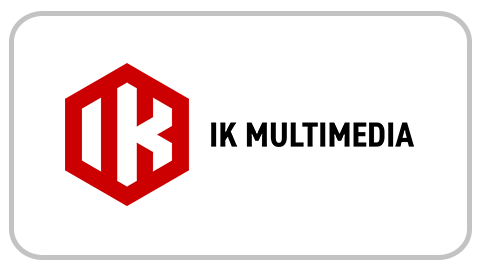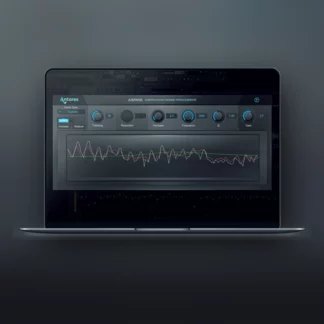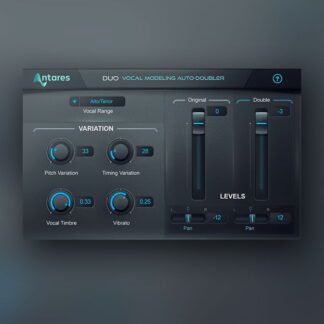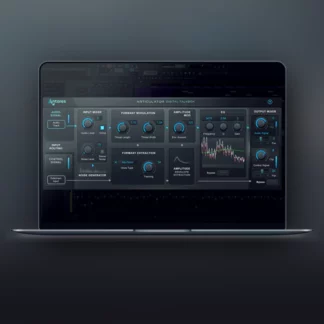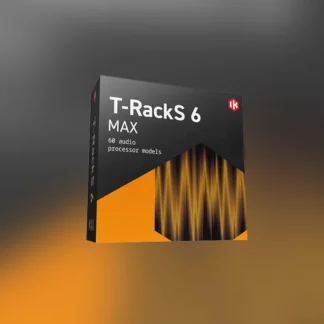T-RackS 6 MAX
$299.99 Original price was: $299.99.$99.99Current price is: $99.99.
About IK Multimedia T-RackS 6 MAX
IK Multimedia T-RackS 6 MAX is a comprehensive mixing and mastering software suite designed to elevate your audio production to professional standards. This all-in-one solution offers a seamless workflow for musicians, producers, and engineers.
- Includes 60 high-end audio processors, ranging from analog emulations to digital effects
- Features a freely configurable mastering chain with up to 16 processors in series or parallel
- Provides a standalone Mastering Console tailored for mastering tasks
- Integrates seamlessly with DAWs via the T-RackS plug-in
- Offers comprehensive metering tools, including RMS, loudness, phase meters, and spectrum analyzers
- Boasts a clear and scalable user interface for enhanced workflow
Whether you’re finalizing individual tracks or entire albums, T-RackS 6 MAX delivers the tools and flexibility needed for professional-grade audio processing.

